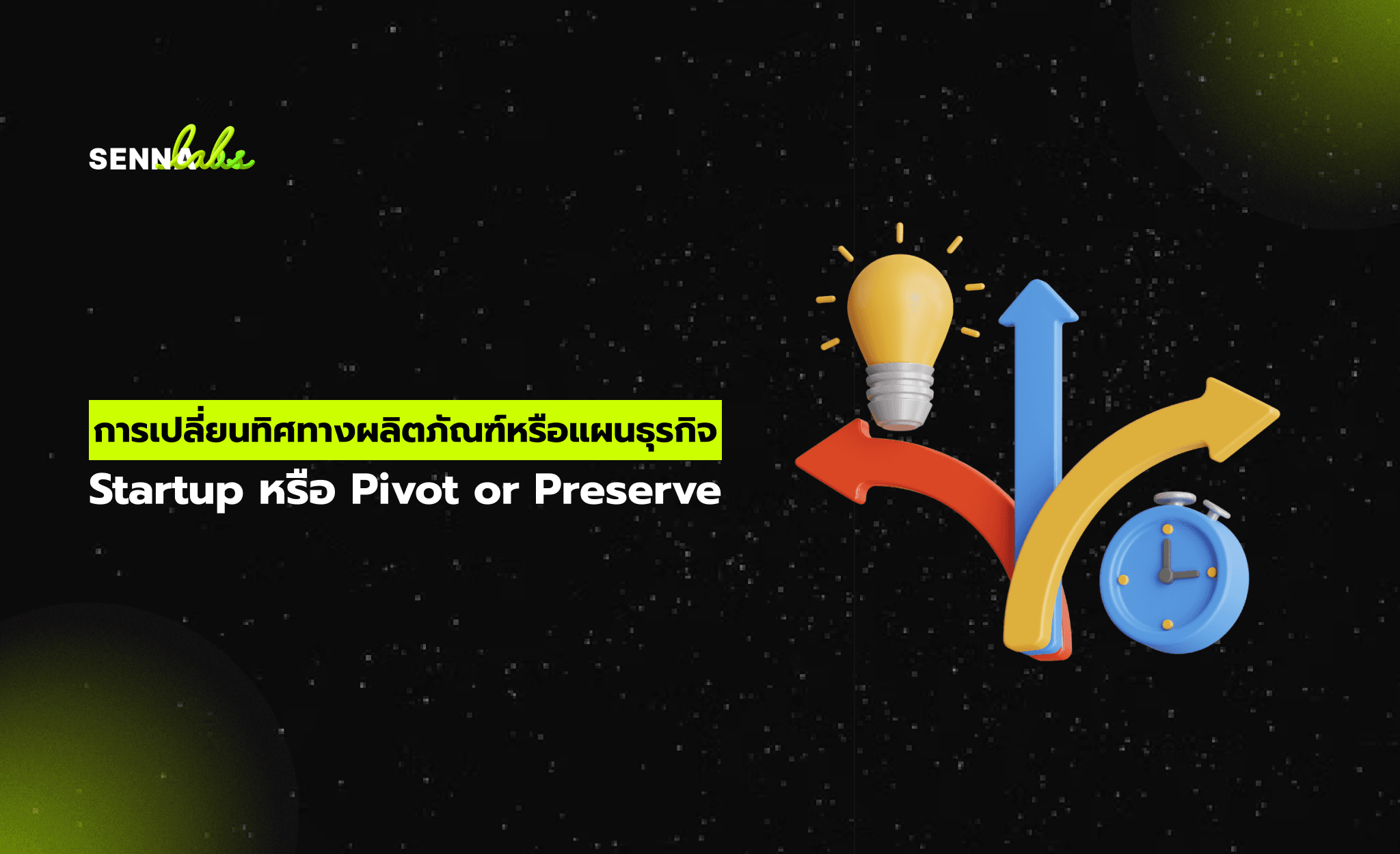DevOps Practices in Software Development
Share

In the rapidly evolving world of software development, businesses face increasing pressure to deliver high-quality software quickly and efficiently. Traditional software development approaches often struggle to meet these demands, leading to delays, errors, and customer dissatisfaction. Enter DevOps—a transformative methodology that integrates development and operations to improve collaboration, streamline workflows, and accelerate delivery.
One of the key applications of DevOps practices is automating software deployment. By implementing Continuous Integration and Continuous Deployment (CI/CD) pipelines, businesses can ensure faster releases, reduce downtime, and enhance the reliability of their software. This article explores the role of DevOps in software development and highlights how it revolutionizes software deployment for industries like SaaS platforms.

What is DevOps?
DevOps is a set of practices, tools, and cultural philosophies that bridge the gap between software development (Dev) and IT operations (Ops). The goal is to enable faster and more reliable delivery of software by fostering collaboration between teams, automating repetitive tasks, and integrating processes across the software development lifecycle.
Key principles of DevOps include:
-
Collaboration: Promoting seamless communication between development, operations, and QA teams.
-
Automation: Reducing manual effort through tools and scripts for building, testing, and deploying software.
-
Continuous Feedback: Monitoring systems and gathering user feedback to improve software performance.
-
Iterative Development: Delivering software in small, manageable increments to reduce risks and improve efficiency.
Use Case: Automating Software Deployment
Automating software deployment is one of the most significant contributions of DevOps to modern software development. By using CI/CD pipelines, businesses can:
-
Ensure faster and more frequent software releases.
-
Minimize manual intervention, reducing human errors.
-
Improve system reliability by automating rollbacks in case of deployment failures.
Let’s break down how DevOps achieves this transformation:
1. Continuous Integration (CI)
CI is the practice of automatically integrating code changes from multiple developers into a shared repository several times a day. This ensures that:
-
New code is continuously tested and verified for compatibility with existing code.
-
Developers receive immediate feedback on code issues, enabling quicker fixes.
Example in Action:
A SaaS platform updates its authentication system. The code changes are automatically merged into the main branch, triggering a suite of automated tests to validate functionality and compatibility.
2. Continuous Deployment (CD)
CD automates the deployment of software to production environments once it has passed all testing stages. This reduces the time between development and user availability, ensuring rapid delivery.
Example in Action:
The updated authentication system, once verified, is automatically deployed to production servers without manual intervention. Users experience the updated features almost instantly.
3. Infrastructure as Code (IaC)
DevOps uses IaC to manage infrastructure configuration through code, enabling consistent and repeatable deployments across environments.
Example in Action:
A SaaS platform uses a script to provision identical staging and production environments, ensuring that deployments behave consistently across both.
Benefits of DevOps in Automating Software Deployment
-
Faster Time-to-Market:
CI/CD pipelines enable businesses to release new features and updates more frequently, keeping them competitive in dynamic markets. -
Reduced Downtime:
Automated deployment processes ensure smooth rollouts and minimize disruptions, even during complex updates. -
Improved Code Quality:
Continuous testing and feedback reduce bugs and enhance software stability. -
Enhanced Collaboration:
DevOps fosters communication between teams, aligning goals and reducing bottlenecks. -
Cost Efficiency:
Automation reduces the need for manual intervention, freeing up resources for more strategic tasks. -
Scalability:
DevOps practices easily scale to accommodate growing user bases or additional environments.
Steps to Implement DevOps for Automated Deployment
-
Assess Current Processes:
Evaluate existing development and deployment workflows to identify pain points and inefficiencies. -
Set Up CI/CD Pipelines:
Use tools like Jenkins, GitLab CI/CD, or CircleCI to automate code integration, testing, and deployment. -
Adopt Infrastructure as Code (IaC):
Leverage tools like Terraform or AWS CloudFormation to define and manage infrastructure through code. -
Integrate Automated Testing:
Incorporate unit, integration, and performance tests into the CI/CD pipeline to ensure quality at every stage. -
Use Monitoring Tools:
Deploy tools like Prometheus, Grafana, or New Relic to monitor deployments and production environments in real time. -
Foster a DevOps Culture:
Encourage collaboration between teams, provide training on DevOps tools and practices, and adopt a mindset of continuous improvement. -
Iterate and Improve:
Regularly review the pipeline’s performance and incorporate feedback to refine processes and tools.
Challenges in Adopting DevOps for Deployment
-
Cultural Resistance:
Teams accustomed to siloed workflows may resist the collaborative nature of DevOps. Overcoming this requires strong leadership and training. -
Tool Overload:
Choosing the right tools from a vast ecosystem can be overwhelming. Businesses should focus on tools that align with their specific needs. -
Security Concerns:
Automated pipelines must incorporate security best practices to prevent vulnerabilities during deployment. -
Complexity of Legacy Systems:
Integrating DevOps practices with legacy systems may require significant effort and resources. -
Monitoring and Maintenance:
Continuous deployment requires robust monitoring to detect and resolve issues promptly.
Best Practices for DevOps in Automated Deployment
-
Start Small:
Begin with a pilot project to test the effectiveness of DevOps practices before scaling them across the organization. -
Focus on Testing:
Prioritize comprehensive automated testing to catch issues early and ensure high-quality releases. -
Embrace Security:
Integrate security measures into the CI/CD pipeline through DevSecOps practices, such as automated vulnerability scans. -
Promote Collaboration:
Encourage cross-functional teams to share knowledge and work together to streamline workflows. -
Use Version Control:
Maintain a single source of truth for code and infrastructure through version control systems like Git. -
Measure Performance:
Track key metrics, such as deployment frequency, lead time for changes, and mean time to recovery (MTTR), to gauge the pipeline’s effectiveness.
The Future of DevOps in Software Deployment
As software development continues to evolve, DevOps practices will become even more integral to deployment processes. Emerging trends include:
-
AI-Powered DevOps: AI and ML will optimize CI/CD pipelines, predict failures, and recommend improvements.
-
GitOps: Managing infrastructure and deployments through Git repositories will streamline version control and change tracking.
-
Serverless Deployment: Serverless architectures will further simplify deployment by abstracting server management.
-
Edge Computing: Deployments at the network edge will enable faster, localized services.
Conclusion:
DevOps practices are reshaping software development by automating deployment processes, enhancing collaboration, and enabling faster delivery of high-quality software. With tools like CI/CD pipelines and Infrastructure as Code, businesses can achieve seamless software deployment, ensuring minimal downtime and improved user satisfaction. While challenges exist, thoughtful implementation and adherence to best practices can help organizations unlock the full potential of DevOps, driving innovation and operational excellence in the software development lifecycle. As technology advances, DevOps will continue to be a cornerstone of modern software deployment strategies.

Share

Keep me postedto follow product news, latest in technology, solutions, and updates
Related articles
Explore all


